City Limits in More Ways Than One
- Delphine Jamet

- Sep 26, 2020
- 3 min read
A piercing screech fills my ears. I hold the door open for a few seconds, in case it would stop. It doesn’t. I’d seen the sensor light up red the second I opened the door. Two seconds later, my ears went deaf. Specifically, the drum of my ears. Boosh!
I shove the door closed. Bang!
Eighth floor of the CPP Pier Street Carpark and I want to take the stairs down but that’s not allowed?
I head for the lift.
I cross the road to go to the Wilson Street Carpark. Two people are sleeping on the cold concrete floor of the pedestrian entrance.
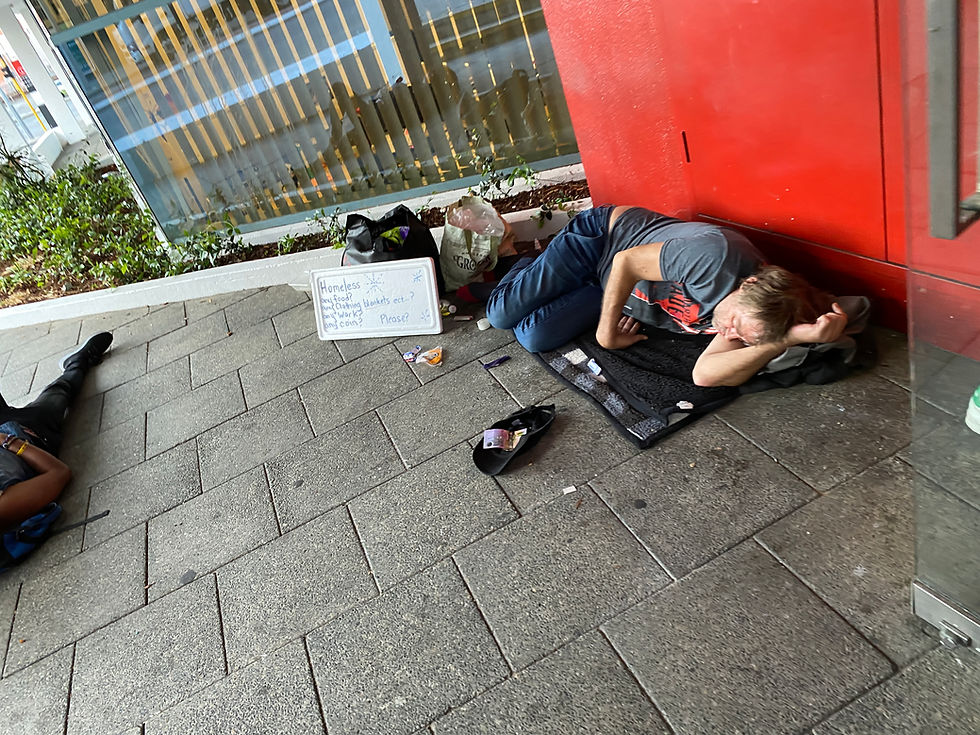
It amazes me, upon comparing my personal experiences from 2000-2001, how visible and accepted homelessness has become.
As I enter the lift lobby, a faint but persistent alarm can be heard. Like a drone of bees. The third alarm I’ve heard this afternoon. The first had been from the CPP Kings Hotel carpark stairwell. Its persistent alarm was going off because two men were spread out on the stairs, smoking a joint but it was certainly nowhere as loud as CPP Pier Street’s one.
The view from the top floor of the Wilson carpark was amazing. I took plenty of photos, panos and videos.
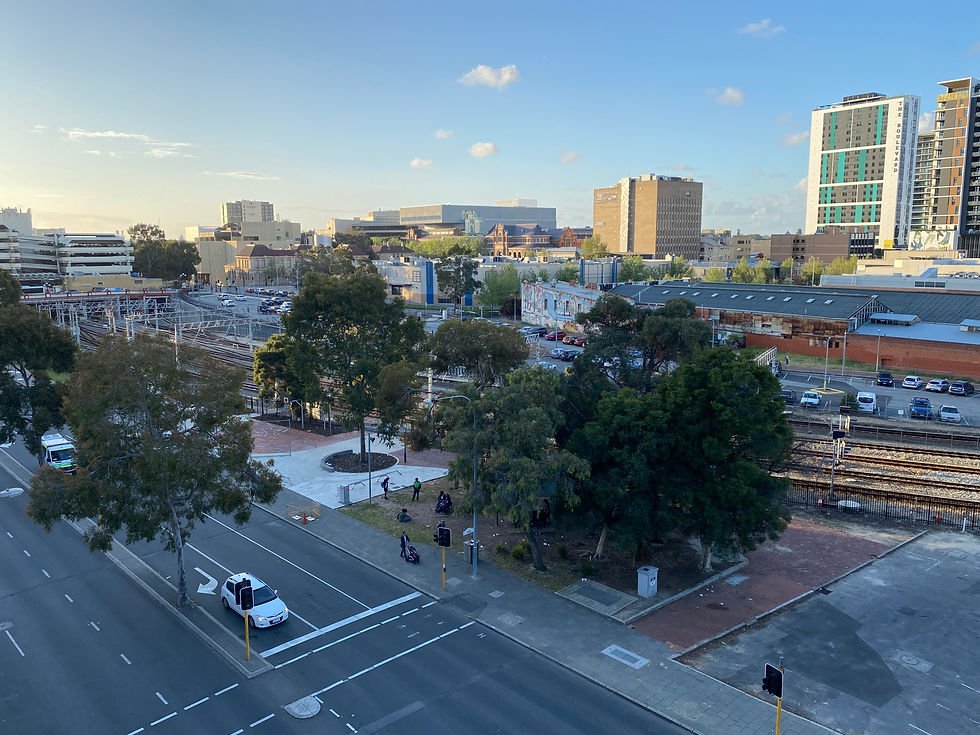
A few minutes later, I noticed a sign by the far end stairwell door.
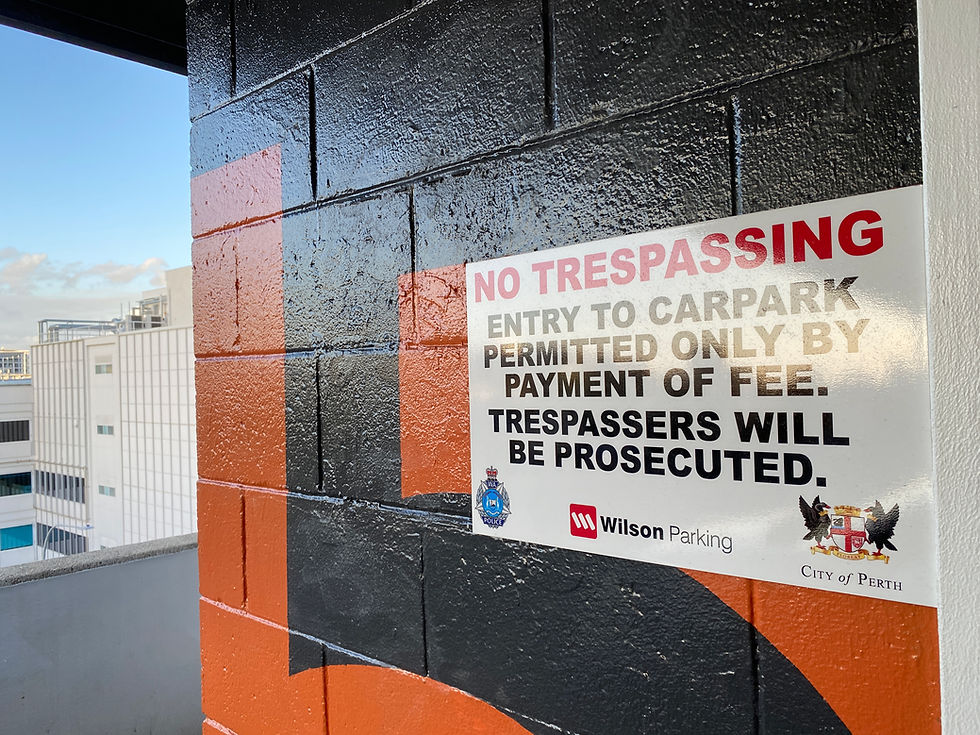
How sad and pathetic this city was!
Everything was now regulated, either for safety or security reasons. No one could, should or would ever be trusted again. Everyone was a threat and those without a car in particular, could be suspected of having scrupulous intentions worth questioning.
Back in my day (that eye-rolling line the elders used to start their story with, when they were about to divulge their childhood memories of walking some 5km to school with no shoes), very few alarms were installed in most buildings. Especially those that were accessible by members of the public such as the carparks.
Very few places were out of bounds, notwithstanding morally. Buildings, warehouses, squats, a heap of roofs, laneways etc… as mentioned in my previous blog titled Tour de Northbridge.
Things have changed and views are now legally out of view. Every private property, regardless of any possible public access, is restricted to a purposeful intention. A purpose best defined as aligning to the services of whatever the business is at the site in question. Nearly every government infrastructure falls into these access requirements.
No more casual strolls through city alleyways, admiring the murals and street art. No more seeing different perspectives of the city’s environment from up high on accessible fire escapes.

Granted, some alleyways and its associated walls of artistic display are still visible and fairly accessible. Albeit well-worn paths under the strict supervision of multiple CCTV cameras.
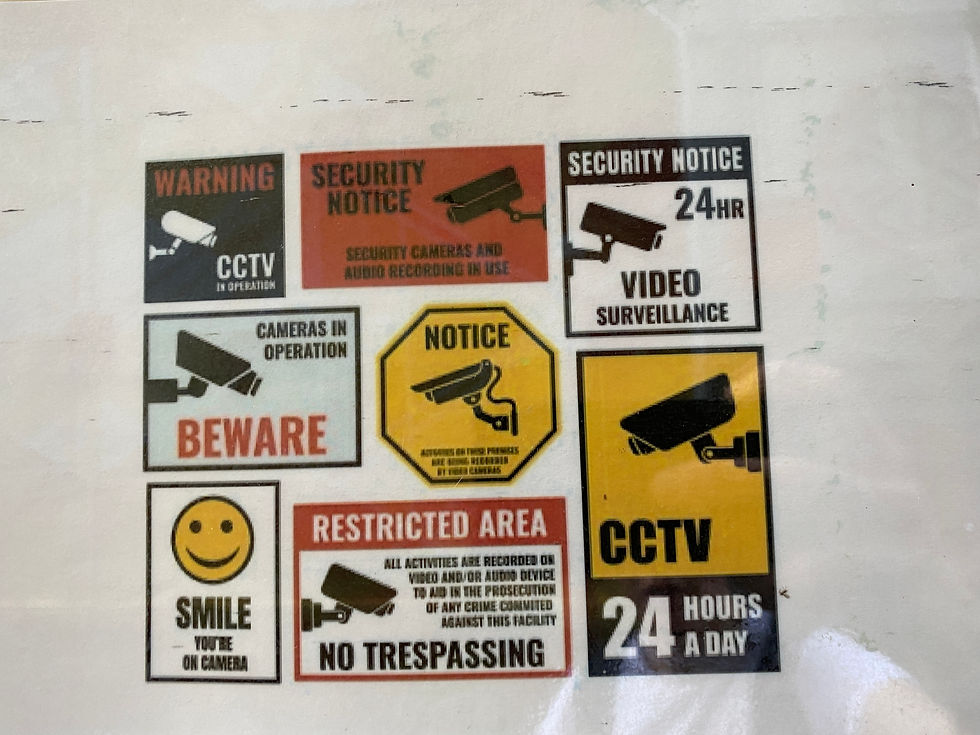
Nonetheless, gates now safeguard entrances to the unknown. Dirty and cold laneways seemingly unimportant to workers who access them for a smoke, deliveries or to take out the rubbish.
Just like life and urbexing, the eye of the beholder is the key to the secret. Common sights not carefully explored, like a drainpipe leading to a boarded-up and now-forgotten tunnel or bomb shelter.
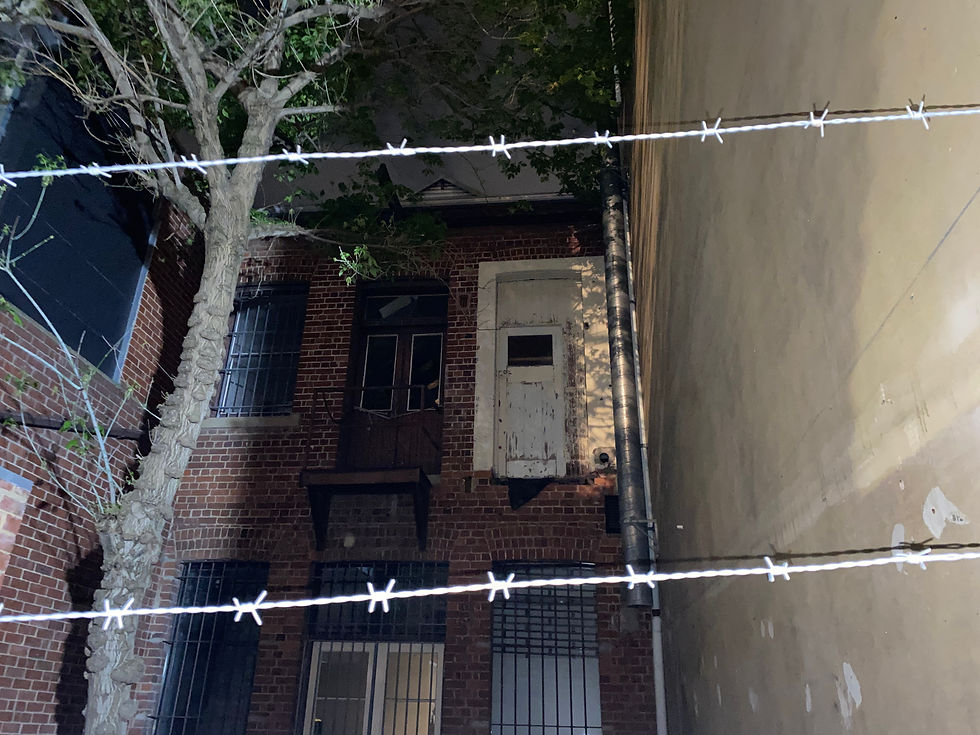
A rusty old ladder bolted to the wall and camouflaging in colour, existing since 1870. Little pieces of graffiti that long ago meant something, whether it was the arts or culture at the time. Even perhaps the political agenda of the day.
Scarcely recorded. Now inaccessible. Soon to be forgotten potentially forever.
.png)








Comments